(By Khalid Masood)
Introduction: A Narrative of Power and Profit
In India’s vibrant yet polarized political discourse, a narrative has emerged that Prime Minister Narendra Modi, Home Minister Amit Shah, and industrialists Gautam Adani and Mukesh Ambani—four Gujaratis—form a nexus that prioritizes personal gain over national interest. Critics allege this group wields unchecked power, with Modi and Shah leveraging political dominance to enable Adani and Ambani’s business empires, often through questionable means that undermine India’s sovereignty, security, and economic equity (The Wire, 2024). From the controversial Rafale deal to infrastructure contracts, accusations of crony capitalism and fraud swirl around this quartet, painting a picture of a nation for sale. This article critically examines these claims, exploring their roots in India’s geopolitics, military deals, and economic policies, while assessing their impact on national security and the Indian people.
1. The Gujarati Nexus: Origins and Allegations
The perception of a “Gujarati nexus” stems from the shared regional identity of Modi, Shah, Adani, and Ambani, all hailing from Gujarat, where Modi’s political career was forged as Chief Minister (2001–2014). Critics argue this commonality fosters a symbiotic relationship: Modi and Shah, as BJP stalwarts, allegedly craft policies favoring Adani and Ambani, who in turn support Modi’s political campaigns and economic vision (Financial Times, 2020). Rahul Gandhi’s 2021 Lok Sabha quip, “Hum do, hamare do” (Modi and Shah, Adani and Ambani), encapsulated this, alleging they rule India (The Wire, 2024). Posts on X amplify this sentiment, with users like ImFashionista69 noting the slogan’s traction among opposition supporters (X, May 22, 2025). Yet, defenders argue this narrative oversimplifies India’s complex political-economic landscape, pointing to broader economic growth under Modi’s reforms (Firstpost, 2016).
2. The Rafale Deal: A Case Study in Controversy
The 2.1 Rafale Deal, signed in 2016 for 36 Rafale jets from France’s Dassault Aviation at €7.87 billion, is a lightning rod for allegations (The Wire, 2018). The original 2007 UPA-era plan for 126 jets included technology transfer to Hindustan Aeronautics Limited (HAL), fostering indigenous capability (Opindia, 2023). Critics claim Modi abruptly canceled this in 2015, opting for fewer jets at a higher per-unit cost (₹1,670 crore vs. ₹526 crore), bypassing HAL for Anil Ambani’s Reliance Defence, a newly formed entity with no aerospace experience (The Wire, 2018). Posts on X, like @pinaka_av15’s, allege Modi “tripled” costs to favor Ambani, costing ₹30,000 crore (X, May 13, 2025).
- Allegations: Former French Defence Minister François Laurent Fabius stated India proposed Reliance, raising suspicions of favoritism (The Wire, 2018). Congress alleged overpricing and corruption, claiming the deal endangered national security by limiting India’s air fleet and denying source codes, critical for maintenance (X, May 28, 2025). The IAF’s Rafale losses on May 6–7, 2025, where three jets were downed by Pakistan’s J-10C fighters, fueled claims of compromised capability (Reuters, May 9, 2025).
- Counterarguments: The BJP insists the deal was urgent to counter China and Pakistan, with HAL’s delays justifying Reliance’s role (The Hindu, May 8, 2016). Dassault’s €48 million investment in Reliance was part of offset obligations, not corruption (The Wire, 2018). The Supreme Court’s 2019 ruling found no evidence of wrongdoing, though it didn’t probe pricing (Reuters, December 2018).
- Impact: The deal’s reduced scope and lack of source codes likely constrained IAF’s operational flexibility, as seen in the May 2025 losses, where Rafales fell to Pakistan’s PL-15E missiles (Al Jazeera, May 14, 2025). This raises questions about strategic preparedness versus alleged cronyism.
3. Adani’s Meteoric Rise: Crony Capitalism or Nation-Building?
Gautam Adani’s ascent from a modest trader to India’s second-richest man, with a $32.4 billion fortune by 2020, is central to the nexus narrative (The Print, 2020). His conglomerate spans ports, energy, and defense, often tied to Modi’s policies.
- Gujarat Roots: Adani supported Modi during the 2003 Vibrant Gujarat summit, post-2002 riots, when Modi faced elite backlash (Financial Times, 2020). Critics allege Modi rewarded Adani with cheap land (₹1–32 per sqm) for Mundra Port, India’s largest (The Wire, 2024). A 2023 US indictment accused Adani of paying $265 million in bribes for solar contracts, including at Khavda, Gujarat (The Guardian, February 12, 2025).
- Defense and Infrastructure: Adani’s 2017 tie-up with Saab for fighter jets and 2016 deal with Israel’s Elbit for UAVs align with Modi’s defense indigenization push (NewsClick, 2019). In 2023, the Modi government relaxed defense protocols for Adani’s Khavda renewable park near the Pakistan border, raising security concerns (The Guardian, February 12, 2025).
- Criticism: Hindenburg Research’s 2023 report accused Adani of stock manipulation, wiping $100 billion off his firms’ value (CNN, May 8, 2024). Congress alleges Modi shielded Adani from CBI/ED probes, unlike opposition leaders (The Wire, 2024). X posts, like @scroll_in’s, call this “Modi Sarkar ki Guarantee” (X, May 28, 2025).
4. Mukesh Ambani: Media and Market Dominance
Mukesh Ambani, Asia’s richest man, heads Reliance Industries, spanning oil, telecom, and media. His ties to Modi fuel accusations of monopolistic gains.
- Media Control: Reliance’s acquisition of Network18 and other outlets allegedly aligns media narratives with BJP interests (The Wire, 2024). Critics claim this stifles dissent, as seen when Adani-Ambani references were expunged from Parliament (The Wire, May 8, 2024).
- Economic Gains: Ambani’s Jio disrupted telecom, but critics allege regulatory favors, like spectrum allocations, aided his dominance (CNN, May 8, 2024). His wealth surged during COVID-19, while India’s economy struggled (The Wire, 2024).
- Defense Role: Unlike Adani, Mukesh Ambani’s defense footprint is minimal, but his economic clout amplifies the nexus perception (Financial Times, 2020).
5. Amit Shah: The Enforcer
As Home Minister, Amit Shah is Modi’s confidant, accused of orchestrating policies to benefit Adani and Ambani (The Guardian, May 16, 2024). His 2010 CBI charges for the Sohrabuddin Sheikh fake encounter case, linked to Gujarat’s police, fuel perceptions of ruthlessness (The Guardian, 2024). Critics allege Shah’s silence on Adani’s Hindenburg scandal and Modi’s 2024 claim of Adani-Ambani funding Congress reflect selective enforcement (Adani Watch, May 16, 2024). Yet, Shah’s defenders argue his focus is national security, not business favoritism (The Hindu, May 8, 2024).
6. Geopolitical and Military Implications
The nexus allegedly compromises India’s geopolitics and security:
- Rafale Fallout: The May 2025 air battle, where six IAF jets, including three Rafales, were downed, highlights the deal’s strategic flaws (Al Jazeera, May 14, 2025). X user @RajivLather questioned the absence of Rafale source codes, critical for combat effectiveness (X, May 28, 2025).
- Border Security: Adani’s Khavda project near Pakistan raises concerns about military mobilization (The Guardian, February 12, 2025). India’s 2019 Balakot strike and 2025 Operation Sindoor show aggressive posturing, but losses suggest overreliance on untested systems (Reuters, May 9, 2025).
- Global Perception: The Hindenburg report and US indictment dent India’s investment climate, while Modi’s ties to Adani strain ties with allies like France, whose TotalEnergies paused Adani investments (The Guardian, February 12, 2025).
7. Economic and Social Costs
The nexus allegedly exacerbates inequality. India’s richest 1% own 40.1% of wealth, the highest since 1961 (Reuters, May 8, 2024). Adani and Ambani’s gains contrast with low household savings and unemployment (The Wire, 2024). Farm laws, repealed in 2021, were seen as favoring Adani-Ambani, sparking protests (The Wire, 2024). Critics argue Modi’s policies prioritize corporate giants over the poor, undermining “Sabka Saath, Sabka Vikaas” (NewsClick, 2019).
8. Conclusion: A Nation at a Crossroads
The alleged nexus of Modi, Shah, Adani, and Ambani raises profound questions about India’s governance, security, and equity. The Rafale deal’s fallout, Adani’s border projects, and Ambani’s media dominance suggest a system where national interest may be secondary to elite gains. Yet, economic growth and defense modernization under Modi complicate the narrative. As India navigates geopolitical rivalries and internal challenges, transparency—via probes like a Joint Parliamentary Committee—could clarify whether this Gujarati quartet serves or subverts the nation. Until then, the debate, as Rahul Gandhi’s “Modani” jibe suggests, will shape India’s political future (The Wire, 2024).
____________________________________________________
Sources: The Wire, 2018, 2024; Financial Times, 2020; The Guardian, 2024, 2025; Reuters, 2018, 2024, 2025; CNN, 2024; The Hindu, 2016, 2024; Opindia, 2023; NewsClick, 2019; The Print, 2020; Al Jazeera, 2025; Adani Watch, 2024; Firstpost, 2016; X, May 2025.



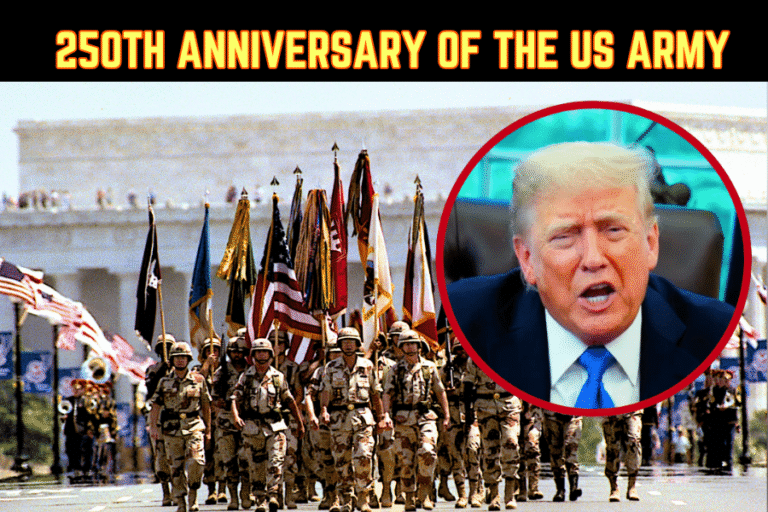
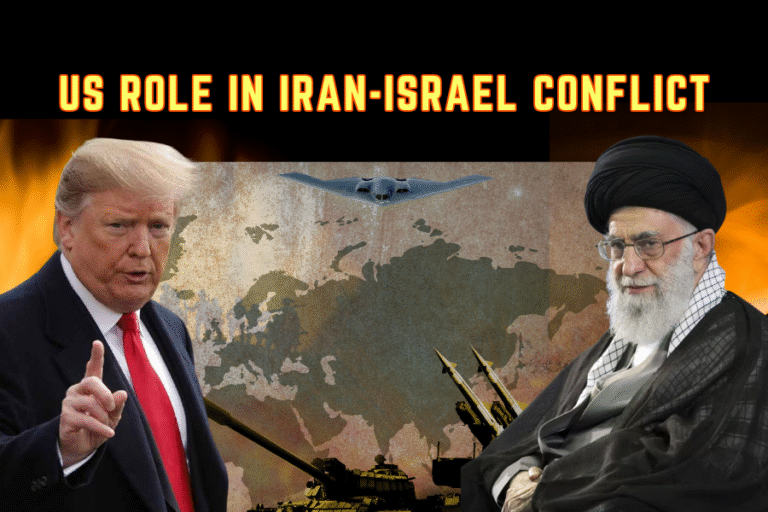
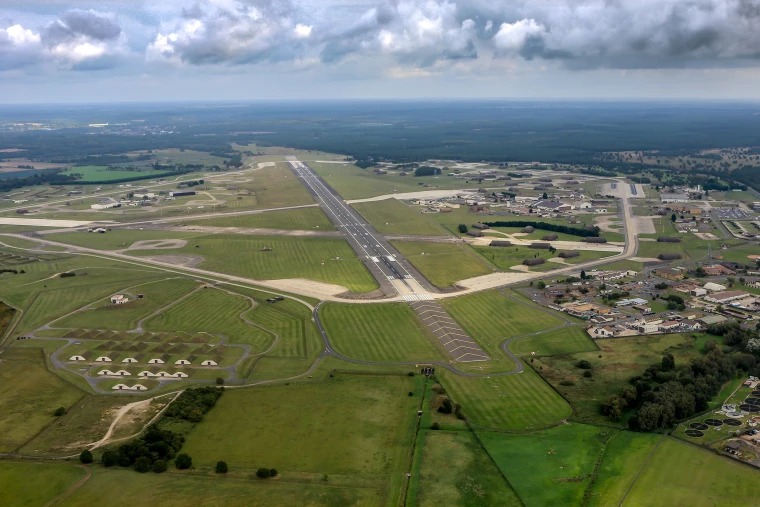
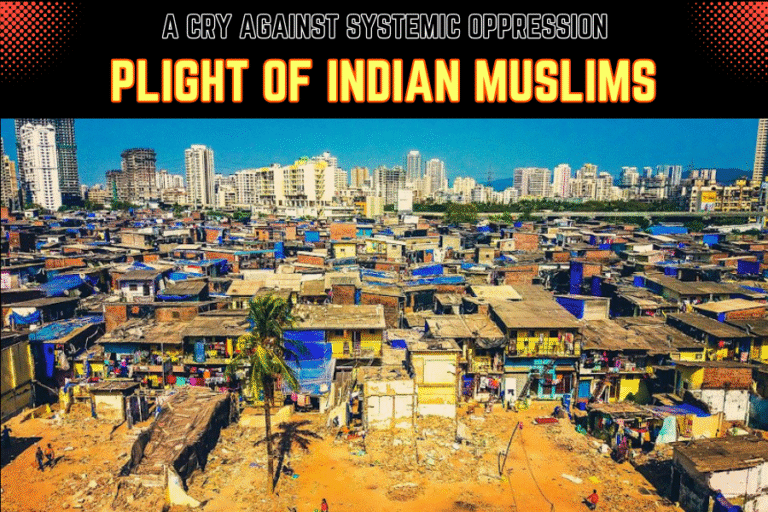
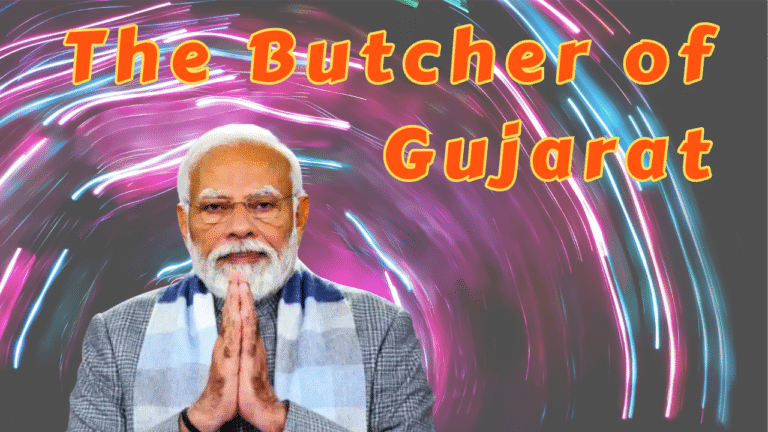
Thank you a lot for providing individuals with a very marvellous possiblity to read critical reviews from this site. It is usually so amazing and also stuffed with fun for me personally and my office fellow workers to search your blog at the least 3 times in a week to see the fresh items you have. Not to mention, I’m so always happy for the spectacular tactics you give. Certain 4 facts in this posting are really the most beneficial we’ve had.